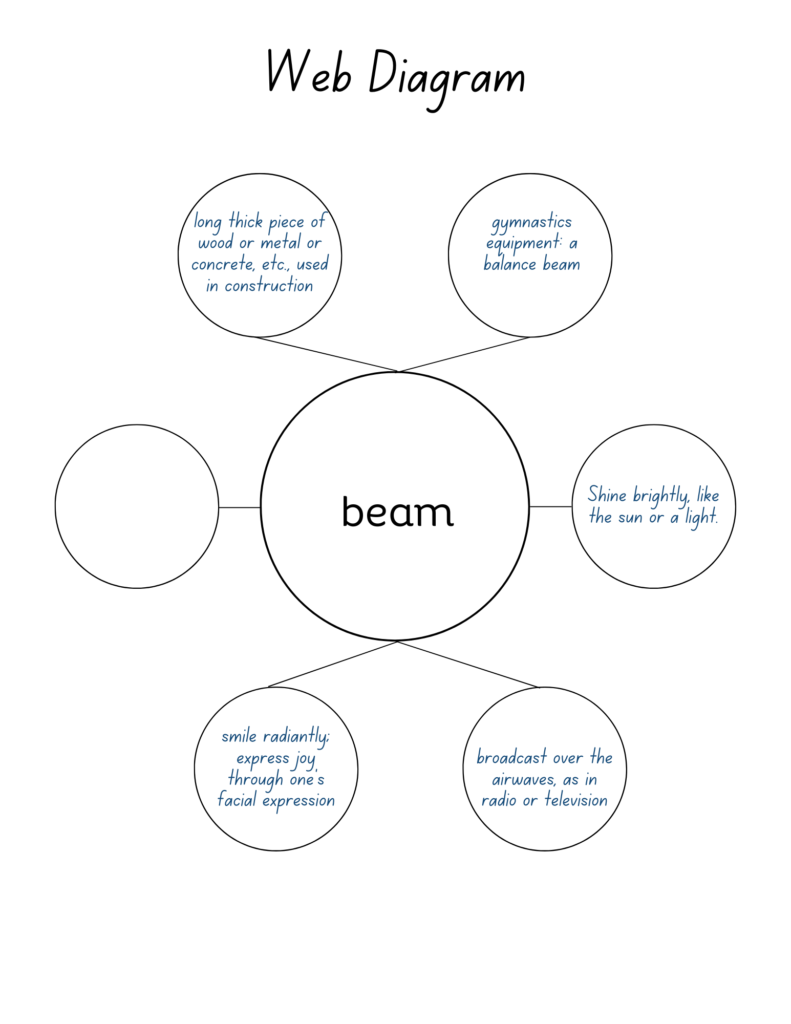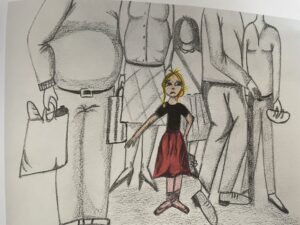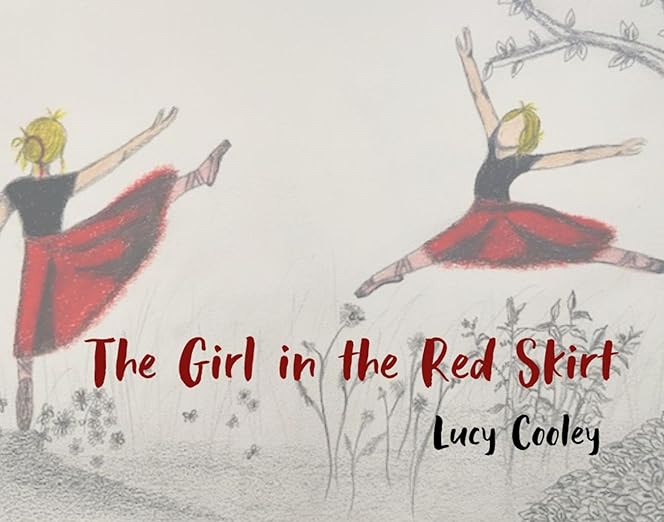Why I Picked It Up:
My niece is the author!!! I knew she was drawing pictures featuring my grandniece, Georgia, who is a young and talented ballerina. There was one particular image of Georgia in a stunning red ballet skirt beside her pony, and Lucy started drawing her in that very outfit, dancing gracefully. What surprised me was that she was creating a picture book to complement these drawings. I am truly amazed by her accomplishment!
Why I Finished It:
What I truly appreciated about this book is that it breaks away from the usual, predictable format of children’s stories. Unlike many picture books that often convey a straightforward message, this one stands out for its uniqueness. It beautifully narrates the journey of a young girl who starts off content in her solitude amidst nature, then becomes overwhelmed in the busy, bustling city, and ultimately experiences loneliness once more in her isolation. Eventually, she finds a kindred spirit who shares her love for dance and the outdoors. This story offers ample opportunities for discussion and reflection, highlighting the complexity of human emotions and experiences.
Who I Would Give It To:
The Girl in the Red Skirt is an excellent mentor text to get students to talk about their emotions and feelings, so I immediately think of counselors and parents, but it would be a fantastic addition to upper elementary classrooms.
Intervention Ideas:
Word choice – Vocabulary, Context Clues, Word Choice, Syntax, and Figurative Language
Lucy uses great descriptive vocabulary in this book. This is a great text to use to improve vocabulary and to emulate descriptive words in our own writing.
The first page begins,
As the sun rises, a thin beam of light illuminates the corn in the sleeping meadow.
The first sentence is fantastic! Begin the discussion with the students by explaining the meaning of “illuminates.” Teach them to rely on the sentence’s context to understand it. In this case, the word “light” should assist them in grasping the word’s meaning.

Next, guide students to explore the various meanings of the word “beam.” In teaching words with multiple meanings, I prefer dividing students into groups, each assigned one of the word’s meanings, which I provide in both written and illustrated form. They then use a dictionary to determine which definition aligns with their assigned meaning. Subsequently, they record their chosen definition on the class word web and offer an explanation. Once the word web is finished, all students will identify which definition corresponds to the one in our mentor text.

Think about the figurative expression “sleeping meadow.” Students may not initially understand what a meadow is, but when they do, they’ll realize that a meadow can’t actually sleep. Start by having students talk about what it means to sleep. Hopefully, they’ll mention that during sleep, they’re not active physically or mentally, and their muscles relax. Once they grasp the concept of sleep, they can better understand what a “sleeping meadow” implies. It means the meadow is tranquil, quiet, and mostly motionless.
Finally, students can study the syntax of this sentence. My favorite activity to do when teaching syntax is to have students study a sentence and then stretch their own sentences using the model sentence. (see here). This sentence begins with the adverbial phrase, As the sun rises. Teach the students that an adverbial phrase is a group of words that functions as an adverb. Other examples:
- in the morning
- to get a haircut
- in a group
- next year
The whole sentence is an example of a complex sentence; the dependent clause As the sun rises followed by the independent clause a thin beam of light illuminates the corn in the sleeping meadow.
The whole sentence shows the action of the sun (subject) rising (verb) and its effect – the illumination of corn in the meadow. So, students can use this model (the action of something), (the effect) to write their own sentences.
- The rain fell down, causing the river to flood.
- She turned on the faucet, and water came out into the sink.
- She planted the seeds, and soon, green sprouts grew.
Then have them add adjectives and higher-level vocabulary to expand their ideas.
- The heavy rain poured down, causing the river to swell and flood the nearby fields.
- She turned on the faucet, and water gushed out into the sink.
- She planted the seeds, and soon, tiny green sprouts began to emerge from the soil.
There are plenty of sentences throughout this text that will provide the same depth and lesson ideas!
Character Analysis and Social Emotional Learning (SEL)
It would be a huge miss to not talk about how the little girl in the red skirt feels at different times. I think a powerful message to convey to kids is that your feelings can change frequently and that’s okay.
In the beginning the girl dances and is enjoying her solitude. She seems indifferent that she is alone and is enjoying her time. This is drastically different from how she feels while in the city. “She vanishes into crowds of blank faces, and she bumps into loaded shopping bags.”

When she returns to her meadow, she feels lonely, isolated, and sad. This is evident through pictures and words, “her shoulders slump”, “she falls silently”, “darkness surrounds her”, etc. Students can discuss what is causing these emotions and what they can do to feel better. Finally, her mood changes as a new companion arrives and they dance together.
Consider discussing SEL by asking what students can do when they feel alone and/or sad. Role-play interactions you can have to make someone feel better. You can also play charades , where one student acts out an emotion. Once the emotion has been shared, have students share what physical characteristics helped them understand what the feeling was (slumped shoulders, closed eyes, raised eyebrows, etc.). Then have them discuss what they can do if they see someone who is feeling that way.







Leave a Reply